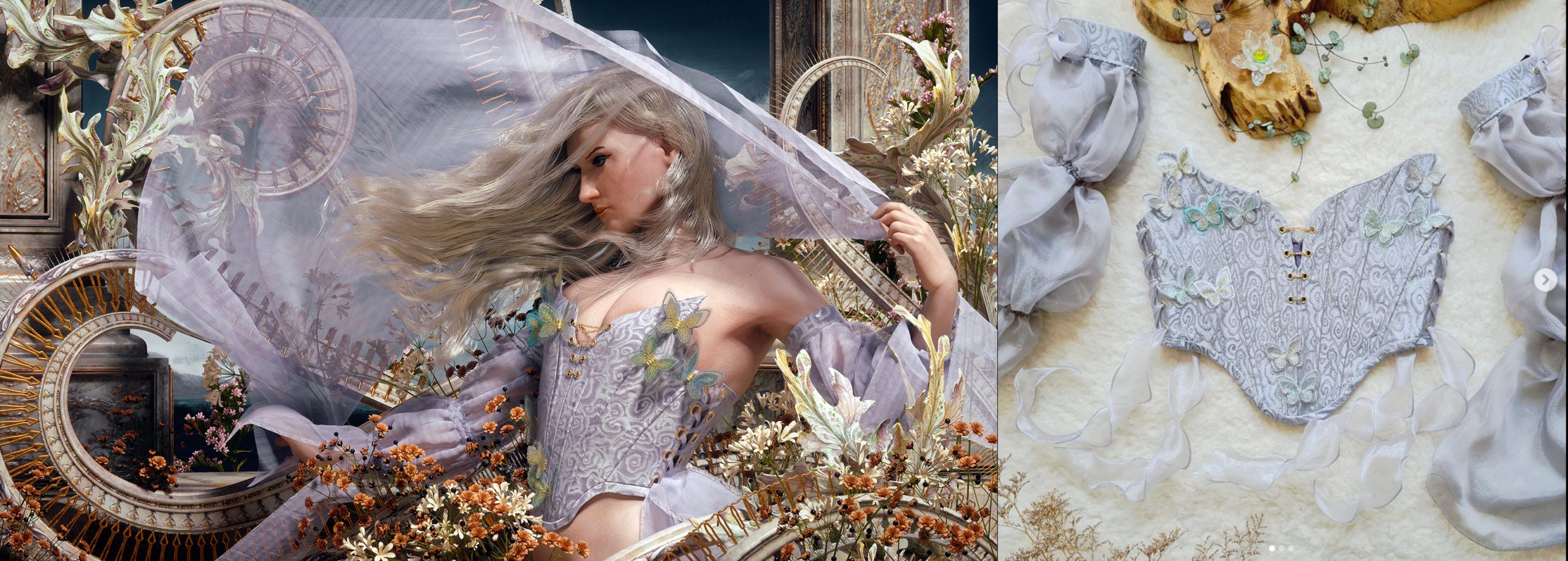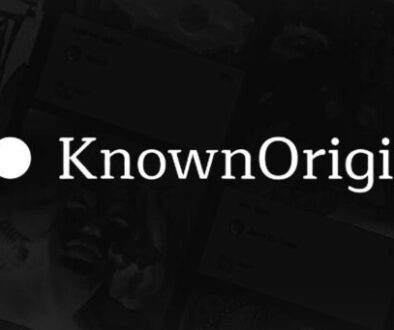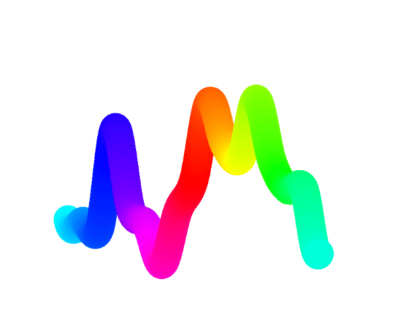Stephan Duquesnoy | Bloom NFT Artist Interview II
Last year, the NFT Culture team was lucky enough to sit down with Stephen, since then we’ve had an opportunity to interview many members of the Bloom Collective. We also co-host a weekly spaces with Icki and others. If you want to read our first interview with Stephen and learn more about his background, you can read our first interview here.
Stephen, It’s been a crazy year for NFTs and the maturation of art. What have you been working on?
So much has happened since last time we sat down, it’s a bit unreal. We had our initial drop with Nifty Gateway with Bloom, I have made a ton of work for different events this year, most of it hasn’t even been released yet. And my work has been exhibited in museums, at events and in galleries. And recently I finished an amazing collaboration with a great fashion designer. And I quit my job a few weeks ago. Even though it is already September, it feels like we are just getting started!
How has your style evolved over the last year?
Over the last year I think I have mostly been evolving on a technical level. I have the honor to work closely to Hannes Hummel, NoCreative, Shavonne Wong and all the other talented artists in Bloom. And that really pushes one to work harder, and improve the skills.
On a style level, I’m not sure. I’m still exploring what my style actually is, although I’m definitely taking steps into an unique direction I hope. But it’s a journey, you never know where it goes, or if there was any progress to begin with.
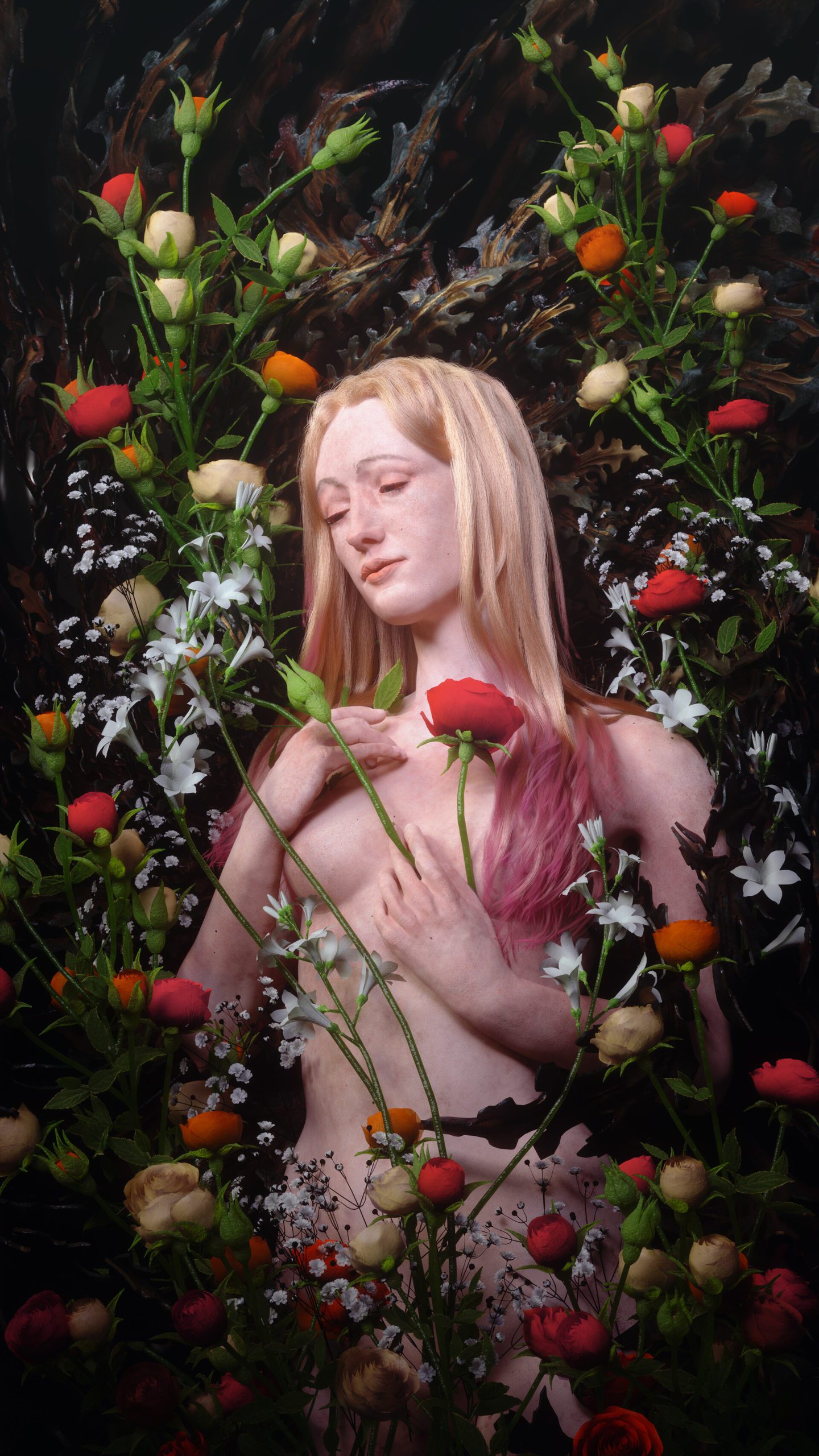
What excites you most about the current state of the market?
It feels like we are at the beginning of a new era. A lot of the quick flippers have left the art market in favour of PFP, but at the same time a lot of outsiders are looking in and dipping their toes into the water. A year from now, perhaps even 6 months, this will be a very different market I think.
I’m looking forward to the moment where we start talking about digital art, rather than NFT. And we just accept NFT as a tool we use, similar to Photoshop or Cinema4D. And it feels that moment is rapidly drawing closer.
On a style level, I’m not sure. I’m still exploring what my style actually is, although I’m definitely taking steps into an unique direction I hope. But it’s a journey, you never know where it goes, or if there was any progress to begin with.
You’ve also participated in a number of Physical (IRL) galleries. Can you tell us a bit about that?
I had the honor to have my work displayed at a 2 month exhibition called “From Pattern to Polygon” at the Centraal Museum. I made an NFT that changes based on the time, and shows the artwork as if it was in 1905, including all the weather changes. What I really liked was that the exhibition featured a ton of digital art by amazing artists that showed how we can conserve fragile costumes for future generations. The NFT part was a necessary addition to me, because of the promise that an NFT, and the art it links to, can exist into perpetuity.
Through Bloom we also had the opportunity have our works displace at Ted, Contemporary Calgary, and multiple other places. It’s just fantastic to see my art go around the world, and finds it way to people. Especially when it is in the context of a broader story that you can only tell with multiple works together in one space, I would have never expected this to happen in my pre-nft time.
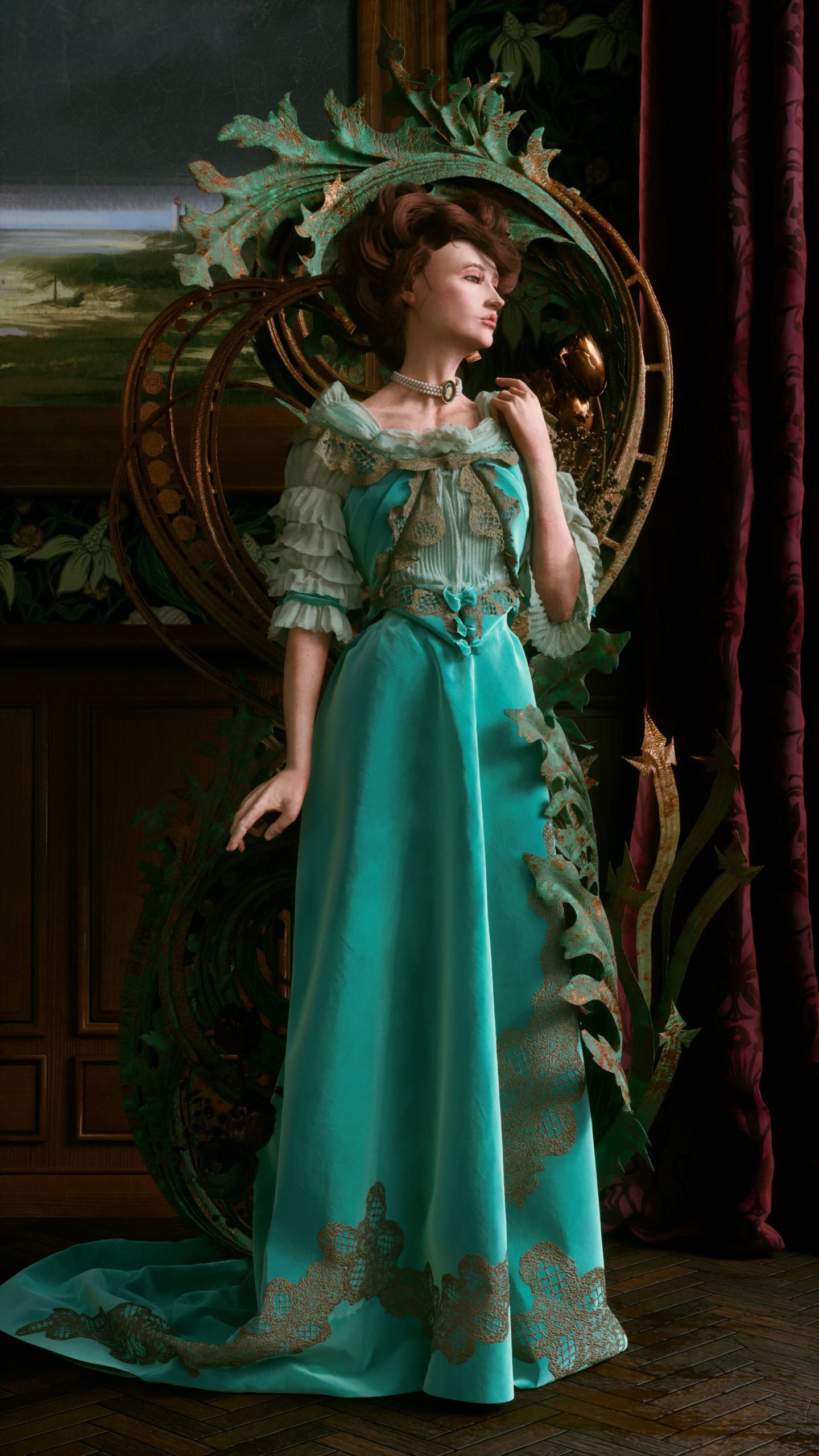
What makes Provenance so important for NFTs today?
Art is made to be experienced. An experience behind your computer is dramatically different from standing in a physically designed environment in front of a gigantic artwork. Humans are intended to partake in a physical environment that triggers all of our senses. I think this is also why we are seeing so many Metaverse researchers switch to Mixed Reality experiences rather than strictly Virtual ones.
Personally, I love travelling to see art and plan a day around it. All those little experiences add to the exhibition. The art becomes a part of the memory, and more valuable to me because of it.
Another big plus for working with IRL exhibitions is also reaching new people. In the end, again, art needs to be experienced. The more people that experience it, the better. Getting art in front of a person, and making them feel is all that matters. And what better way to get it there, than having your work in a beautiful space or a great screen, surrounded by beautiful art.
Provenance is a big one. On the one hand we have the art, on the other hand we have the history of the art. That history can be decimated to a narrative and a story. Both of them together creates something invaluable. There is this example of a portrait made by DaVinci, for a long time it was unknown that DaVinci made it, but there were theories about it. Through the decades, and switching different collector hands, it ultimately was verified to be a DaVinci. This artwork is suddenly more now, it’s the portrait, but it is also this story about an artwork that was almost lost to history, if it wasn’t for a man believing the work was original.
NFT is the first solution we can use to add provenance to an artwork, in a way that the database is accessible to everyone. Currently the history of artworks is scattered across books, physical ledges and centralised databases. It’s near impossible to determine the history of something unless it is extremely well documented. NFT is essentially a record in an universally accessible database, that stores a little bit of that information in a way it cannot be forged. It is a way that we can preserve all the little stories of our time, surrounding the art we create. Whether we are famous or not. We have not had a point in our history before where we can store our history in such an unbiased and public way, and it will do many great things for art, but also for us as a culture.
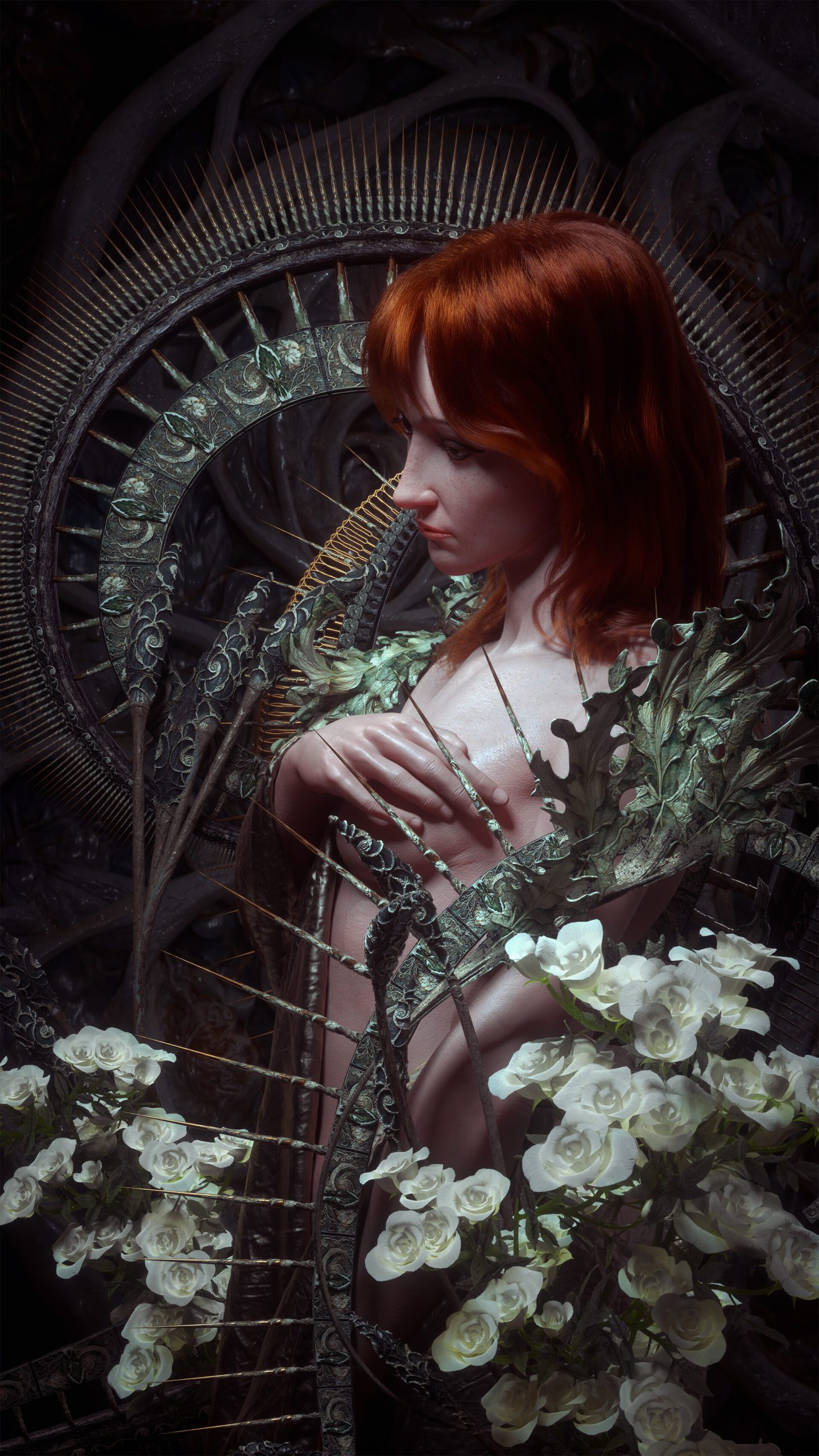
You take an academic approach to NFTs and art. What are the big gaps that have to be overcome for NFT art to go mainstream?
I think there are two major hurdles we have to face, one has to do with the mainstream perception and the other one on a purely technical level.
On the technical level ERC720, the standard we currently use, only stores sale and ownership information. But when we look at art, and how it is stored in cultural databases and vaults, so much more information needs to be stored on the blockchain. We have to know where a work went and where it was exhibited. Ownership and location are different things. And this information matters, because it creates the narrative of the work, it gives it history, and through that history we can tell a story to future generations. To be able to do this in a trustless manner is a huge thing, our entire cultural heritage could benefit.
If blockchain wants to break into the cultural and art world on large, it needs to offer a layer of functionality to the existing systems that we can use to conserve our collective history in an immutable, decentralised and trustless manner. If this is not developed, blockchain will just be another fancy version of data storage, which is being organised by centralised IT systems in closed environments.
You’ve been on a run of successful drops. Your latest drop is incredibly interesting. Combining both physical and digital. Many of your 1/1 have a higher floor than your reserver you’ve set here. Why are you pricing this so fairly?
My last drop is such an exciting experiment. I worked together with Evelien Goedhart from Feeenstof . She is a fashion designer that focuses on creating one of a kind corsets. We share a very similar feel for aesthetics and when I approached her a few months ago, she was immediately excited to work on a piece together. I love working with fashion as well, as an artform it is almost as ethereal as digital art. Within a few decades most garments are destroyed. So combining digital and fashion feels like a good way to conserve this beautiful art form.
I hope this artwork will lead to more collabs in a similar vein!
When it comes to price I try to set reserves based on the basic costs I made to produce the work. I find it quite complicated to set the price for my work. Art is a weird thing, there is no intrinsic value in an artwork. The eventual value of an artwork is determined based on the artist’s career, story, history, scarcity and the experience of the audience. Essentially making art comes down to using resources to create something useless. All I can do is make sure that this inherently useless product delivers an emotionally satisfying experience. It’s not up to me to speculate on the value of that, that’s the collectors job.
A great benefit of this approach is that I have a certainty that I can cover my living expenses, that there is not a terribly high barrier of entry for my work and everyone gets a shot. And a collector can occasionally get lucky! I also don’t believe in “only up”, it’s quite lonesome when you get there.
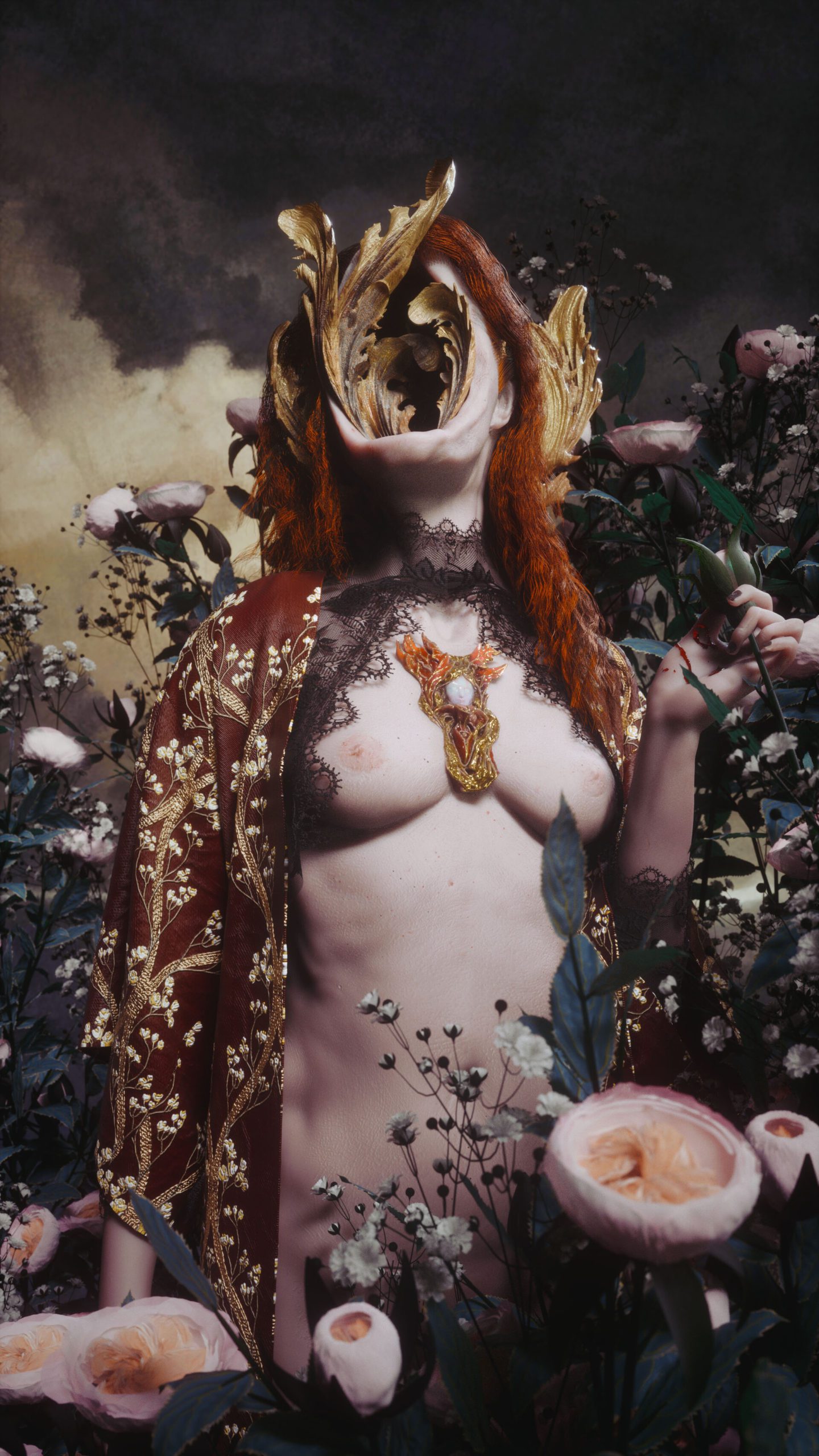
Are you excited that this is your first piece post merge?
Yes! Since I got into NFT’s the ecological footprint has always been an issue for me. We can have a gigantic debate on the exact numbers, but it is undeniable Ethereum would be extremely destructive on a large scale, and it was holding the chain back. Regardless of this issue, I got into NFT late 2020, assuming these issues would be solved with a larger scale of adaptation.
This is a development curve we see in all kinds of technological fields. The first versions are crap, but with careful iterations, and study of use cases we can develop a technology that is better and more efficient over time. But to get to that point there simply need to be people that use it. We can’t improve something if noone is using it, and not creating practical use for it.
The long term value of NFT’s seemed to outweigh the short-term ecological disadvantages at the time to me, and I’m glad that we as Ethereum have been able to take this step forward.
For me personally this artwork represents a dedication to the NFT and Digital art space as well. One of my biggest personal hurdles has been taken away, and I can dedicate myself to creating more work, knowing it won’t take away from the world in order to exist.
